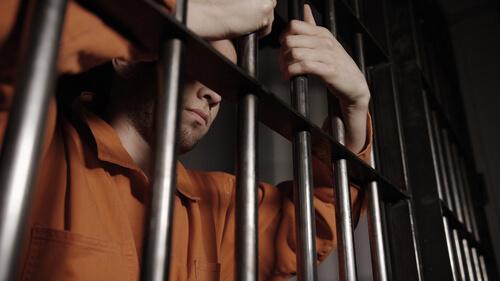The reintegration of detainees into society is a statutory objective, so the penalties imposed by the commission of a criminal act must be aimed at that end, which will begin in prison, but has to end up outside this prison, it should not be forgotten that Resocialization implies a new adaptation of the detainee to foreign life.
Take, for example, Spain, which has a crime rate below the European average.
- The criminal policies adopted are motivated by strong social and media pressures.
- Leading to a resurgence of the country’s Penal Code and lengthening the time of conviction.
- It has been shown that the increase in sentencing does not reduce the criminal incidence.
- So why do we continue to demand more time in prison?.
In general, it should be noted that when an intern walks through the prison doors, first enters a kind of adaptation module, in this document he will be evaluated by the Processor Council to select it to the extent that it best suits his needs. They are usually assigned to the second grade, the common one.
This screening assessment will serve to determine the appropriate prison treatment for each, it will focus on certain risk factors, such as personal or environmental, ultimately those that professionals identify as facilitators in the commission of the criminal event. , may progress to the degree if they meet the requirements.
Many licensed spaces in prisons have a swimming pool, a gym, a TV room, a gym, etc. None of this is a privilege for inmates; you can enjoy these activities at any time of the day.
Their purpose is related to the treatment itself, and these points will be awarded to inmates, if necessary, upon application and subsequent assessment, and are used as a means to achieve goals, or even as punishments or rewards that promote proper behavior to live. in society.
The objectives to be achieved are part of the scientific individualization that is carried out with the internal, each of them must have its own objectives tailored to their own needs, which will be achieved through the different programs.
Psychological intervention programs are designed to change the behavior of the intern. What you want to achieve with them:
Now they are starting to set up self-service prisons, in which different jobs are carried out that serve to employ inmates and also to generate their own resources: laundry, gardening, food, construction, etc. A 2009 study in Spain on the functionality of inmate reintegration work provided interesting data:
Keep in mind that treatment in prison is voluntary, an inmate cannot be forced to do so on a forced basis. For what? Simply because wanting to do so will only promote further resocialization.
Interest, intention, ability to learn, etc. they will be positively influenced by the structured rules for the reintegration of prisoners.
However, this will be hampered by the misperception of this person by the treatment board, in this way access to an exit permit can be limited, for example, if the person is not part of the prison treatment, which does not guarantee greater efficiency, a superficial step towards tasks and activities: they are seen as a necessary means to achieve what one wants.
There is something to consider: crime cannot be eliminated, it is a malleable social fact, intrinsic to society itself, which evolves as it changes, the objective is to try to reduce it to its lowest rates, and reintegration is part of that objective .
The new restorative justice model has three objectives: to hold the aggressor accountable, to repair harm and to restore social relations; the reintegration of inmates does not prevent the offender from fulfilling the duties and responsibilities of the offender; it’s complementary.

